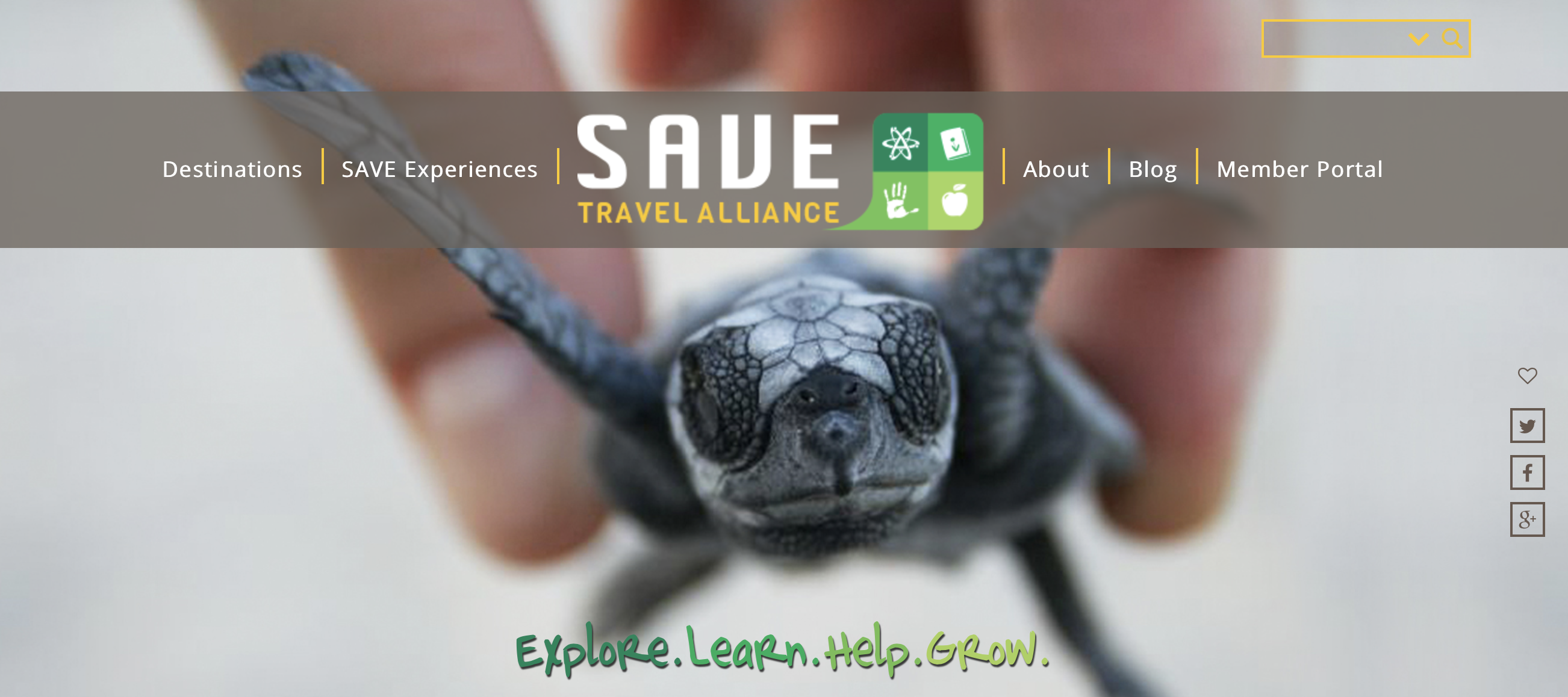This past week, Solimar President/CEO Chris Seek joined a panel organized by the Center for Strategic & International Studies. The event was entitled “Travel and Tourism as a Strategic Sector for Development and Security.” Chris was accompanied on the panel by Isabel Hill, Director of the National Travel and Tourism Office at the United States Department of Commerce, Hannah Messerli, Eisenhower Professor of Tourism Policy at the International Institute of Tourism Studies, John Perrottet, Senior Tourism Specialist at the World Bank Group, and Helen Marano, Executive Vice President of External Affairs at the World Travel and Tourism Council. The five panelists used their diverse backgrounds and experiences to provide unique perspectives on travel and tourism, and shared their insights on how this sector relates to sustainable development.
Key Takeaways from the Discussion
All of the panelists emphasized how important tourism is to economies around the world. Helen Marano pointed out that it represents over 10% of world GDP, with 1.3 billion travelers per year currently, and an expected 1.8 billion annual travelers by 2030. She also stressed the importance of tourism to local communities, citing the fact that this sector has the ability to raise the standard of living as well as provide the opportunity to share the local culture and promote community pride. Hannah Messerli noted an interesting point about tourism that makes it unique compared to other exports: it is consumed at the point of production, meaning there is great opportunity for the industry to benefit the area in which it was produced. All panelists mentioned that the travel and tourism sector doesn’t get as much attention as it deserves considering the potential benefits around the world. John Perrottet mentioned that the benefits of tourism are difficult to measure, despite being plentiful, and because of this, it is difficult to communicate how much good it can do.
Chris touched on Solimar’s extensive ground-level experience with tourism, specifically noting that our clients are not just looking to grow tourism, they’re looking to use tourism to achieve another development objective. He also talked about the fact that tourism can benefit all parties, from travelers, to the companies themselves (lodges, hotels, etc.), to local communities, if implemented correctly. Isabel Hill talked about other potential benefits of tourism, citing China as an example of a country that focuses on growing incoming tourism as well as outgoing tourism to countries with which it would like to maintain strong alliances.
One common theme throughout the discussion was the importance of protecting local communities from “over-tourism,” which can be detrimental to culture and the environment. Chris talked about how we need to ensure that places with a rich culture are kept intact, and that their culture is a centerpiece for tourism. Isabel echoed this need, providing some optimism by mentioning that there is a new kind of traveler that is interested in cultural or experiential tourism, which is beneficial for sustainable tourism. She added that we need a more educated traveler; one who understands their role in this process, so education is a major part of tourism development.
Everyone in the panel was in agreement that one of the most important aspects of sustainable tourism is involving the local youth and ensuring that they benefit from increased travel. Hannah said that tourism often provides that first job where people are moving from an informal economy to a formal economy, and that this often starts with the youth. As tourism grows, their opportunities grow, as well as their skillsets. This can be beneficial even if these talented youth go off to different sectors after gaining skills from the tourism sector. Helen mentioned Hilton and Marriot as examples of companies that are working to hire local youth in developing countries. She also pointed out that it’s not only important to hire young people, but also to hire disenfranchised groups, citing Peru for its work in helping women create businesses.
The panel concluded with a closing statement from each member. All five emphasized the potential for tourism to benefit developing nations throughout the world. Chris stressed the importance of policy to put the private sector in a position where it can participate in sustainable tourism. Hannah talked about how tourism can also work to prevent climate change, explaining that policies can help cut back on fuel consumption, and revenue can go towards investments in clean energy. This discussion was a unique take on an often overlooked but incredibly important sector, and hopefully there will be more talks like it in the future.
A video from the full discussion can be viewed here: https://www.csis.org/events/travel-and-tourism-strategic-sector-development-and-security



